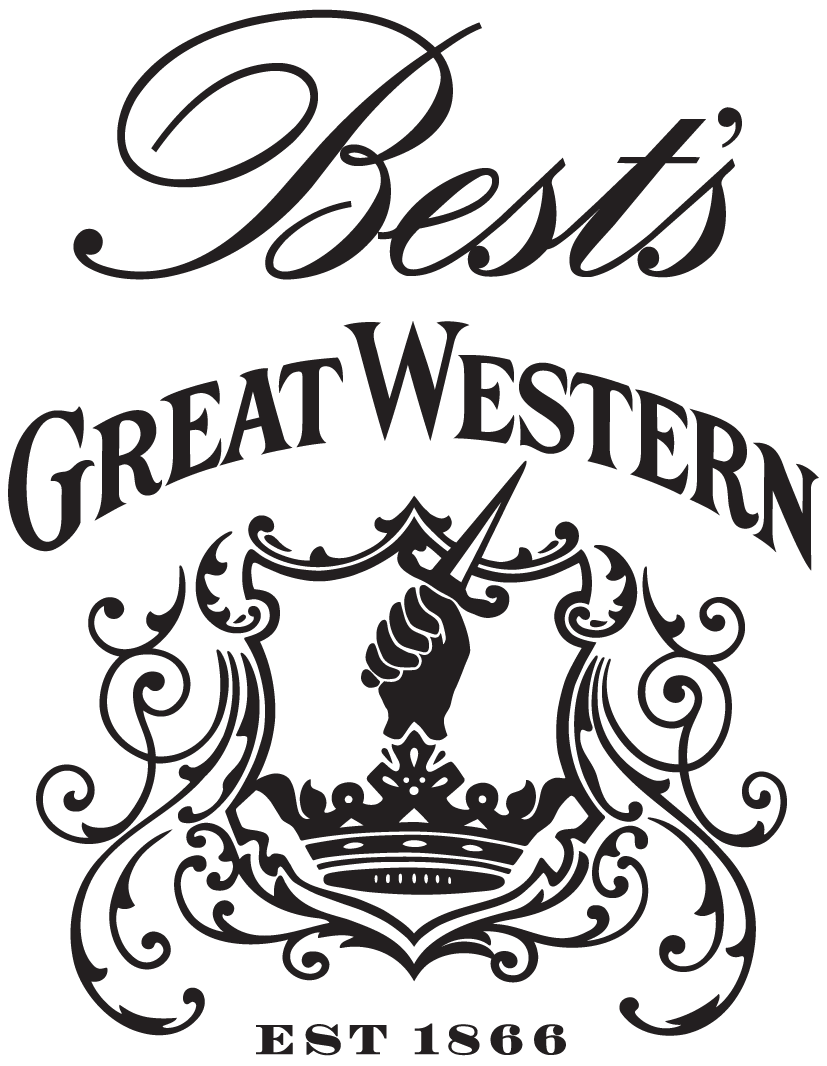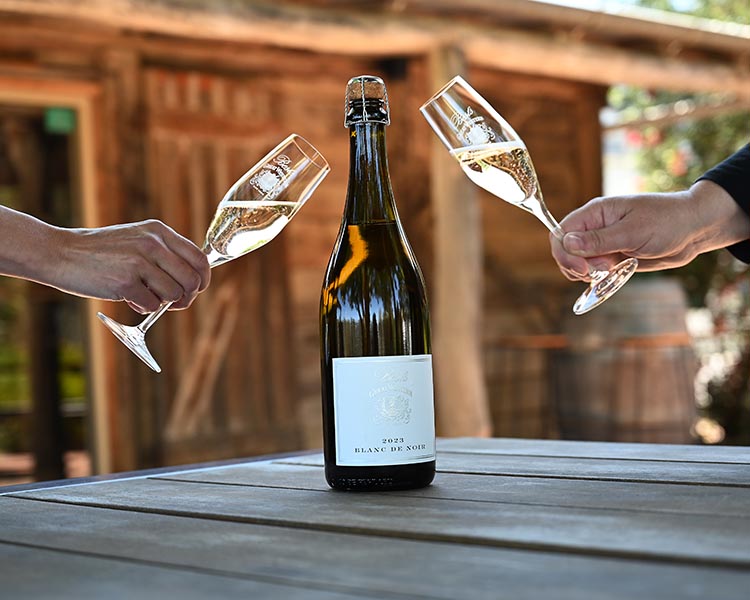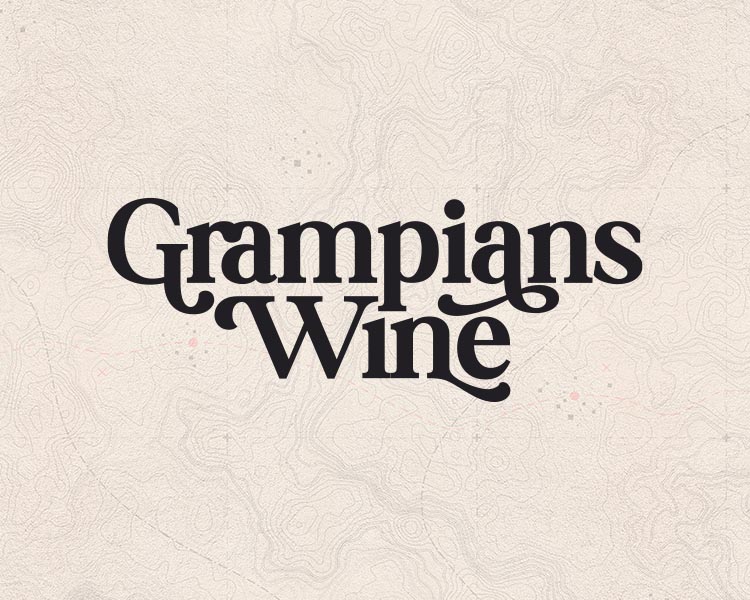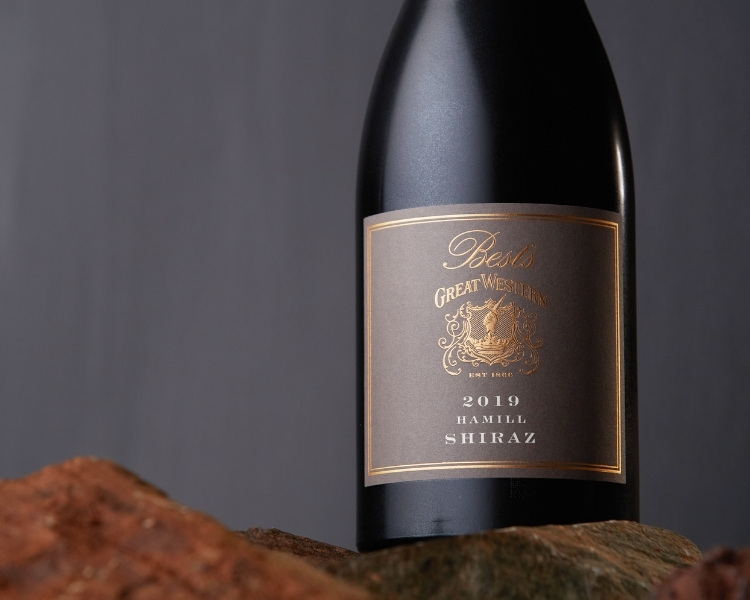Dolcetto – The Mystery of our Malbeck
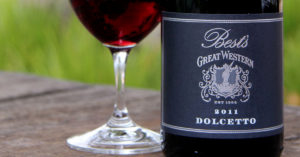
Nursery Block plantings
The story of Best’s and the history of its Dolcetto plantings are vague to say the least. It all begins in 1866, when Henry Best purchased 73 acres of land in Victoria’s Great Western region. Henry planted the first vines 2 years later. Among Shiraz and Pinot Meunier, Henry planted the varietal Dolcetto on his Concongella estate. Translated from the Italian to mean “sweet little one”. Dolcetto was originally from Piedmont in northwest Italy. This Mediterranean location is still considered its spiritual home.
Scottish-born William Thomson purchased the Best’s site in 1920. Since then, many generations of the Thomson family have pondered. Why Henry chose to plant 25% of the entire vineyard to this lesser-known variety.
We may never know why he put his faith in Dolcetto. Perhaps it’s because Henry believed he was planting the French Bordeaux variety, Malbeck! In the early 1980’s, a French botanist and ampelographer Paul Truel (vine identifier) came to assess Best’s old nursery block. Including this mystery Malbeck, as well as other rare varieties such as Pinot Meunier. When the ampelographer looked at the “Malbeck”, he said, “I don’t know what you’ve got but it’s not Malbeck”.
Malbeck found to be Dolcetto
In 1982 when his findings were given. The correct identification of the Malbeck was Dolcetto. In the early 1980s, Bordeaux blends, including Merlot, were king. Varieties from outside France, including Italy, had not been considered as potential products by the wine industry. Nor had the consumer even considered venturing outside the usual French suspects. Viv Thomson, being a stickler for authenticity, renamed the old Malbeck “Dolcetto” and it has thrived in popularity ever since.
It’s very likely that Best’s original plantings of Dolcetto are the oldest ungrafted vines of this variety in the world. In Great Western, this early-ripening variety has stood the test of time and weathered many a storm (and a drought or two) since it was planted 150 years ago.
The new Dolcetto
Best’s newer Dolcetto plantings have come from cuttings from Henry’s original vines. In 1971 they were grafted and planted in a new block in order to guarantee their survival. Now, in good vintage years, they produce amazingly flavoursome yet small parcels of fruit. When Best’s does produce its Dolcetto, it’s always in limited quantities due to the small plantings and dry-grown nature of the vines.
So why is Dolcetto referred to as “sweet little one”? It’s not in reference to its sugar levels, rather the fact that it has low natural acidity. Making Dolcetto an easy-to-drink style of wine. The skin can be very dark purple, almost black. The colour of Dolcetto is quite interesting, it does not show the deep purple of many other red varieties. It’s a very attractive deep crimson, which is quite distinctive.
Like many expressions of this wine all over the world, Best’s produces a light-to medium-bodied red. It’s brightly coloured in a vibrant garnet red hue, with lifted aromas of perfumed cherry, anise and savoury herbs. On the palate discover juicy black cherry flavours with fine powdery tannins and a savoury finish. It makes a beautiful red served with foods that have naturally occurring high acidity. Italian-style cured meats and cheeses are well suited. As well as a variety of pasta dishes, particularly those with a tomato base.
This Italian-born variety is best while young, when it is fresh and lively, within 5-7 years of vintage. Taste the history of Best’s Dolcetto by enjoying a bottle of this small-batch wine right here.
